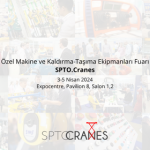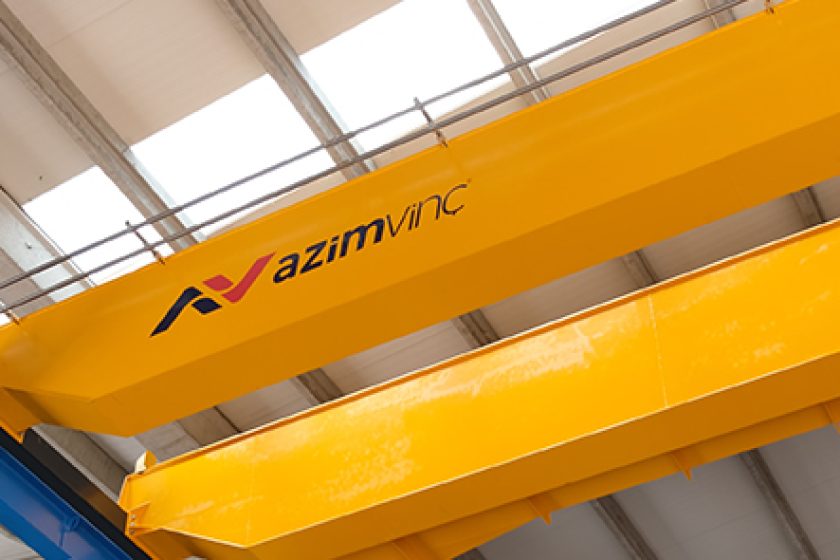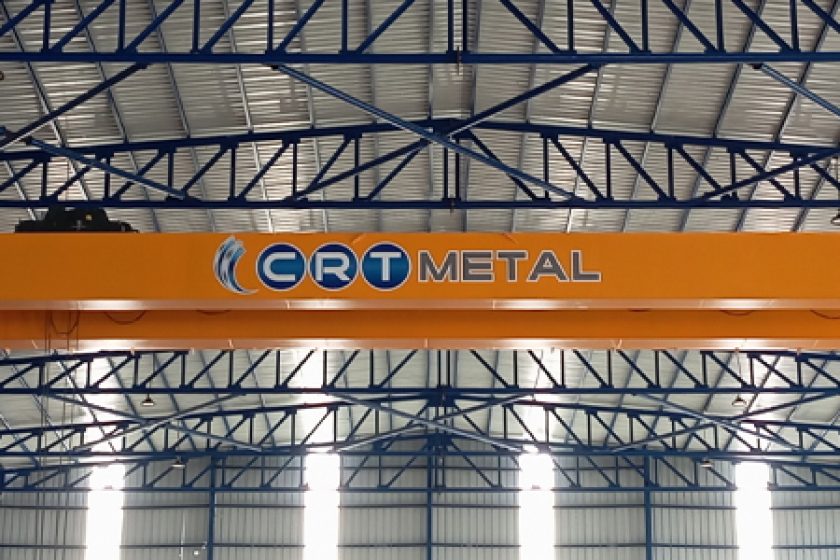An overhead crane is a type of industrial crane used to move large and heavy loads from one place to another. It increases efficiency by reducing labor, especially in factories, warehouses and production facilities. The main purpose of an overhead crane is to move loads safely and quickly horizontally or vertically. These types of cranes usually move on rails and safely move loads to the desired point.
Ceiling Crane Types and Usage Areas
Overhead cranes are manufactured in various types according to different needs. Single girder overhead cranes are preferred for light and medium loads, while double girder overhead cranes are used to carry heavier loads. In addition, suspension cranes and gantry cranes are also used as factory cranes. Overhead cranes are widely used in many sectors such as automotive, metalworking, construction and logistics.
Things to Consider in Ceiling Crane Manufacturing
Ceiling crane manufacturing is critical in terms of safety and durability. Choosing the right materials, professional assembly and regular maintenance processes ensure that cranes are long-lasting and safe. Following technological developments in the crane manufacturing process is an important factor in increasing the efficiency of business processes.

What are the Benefits of a Ceiling Crane?
The overhead crane prevents work accidents by reducing the dependence on manpower in carrying heavy loads. It also provides speed and efficiency in production processes. It offers flexibility in carrying loads thanks to its horizontal and vertical movement capabilities. These cranes allow the effective use of large areas in factories and warehouses, which optimizes the logistics processes of businesses.
What to Consider When Choosing a Ceiling Crane?
When choosing an overhead crane, the crane capacity, the area of use and the suitability of the crane type to the needs should be taken into account. In addition, the durability, energy consumption and maintenance requirements of a crane to be used as a factory crane are also important. Choosing the right crane reduces costs in the long run and makes work processes more efficient.

Azim Vinç's Expertise in Ceiling Crane Manufacturing
Azim Vinç is a company that has been specialized in crane manufacturing for many years. In the manufacturing of overhead cranes, it offers its customers high-quality, safe and long-lasting solutions. Our company aims to keep efficiency and safety at the highest level by making special designs for the needs of factories.
Finally, you can visit azimvinc.com.tr to learn more about the overhead cranes offered by Azim Vinç as well as other crane models such as portal cranes, process cranes and jib cranes.
Frequently Asked Questions (FAQ)
How does an overhead crane work?
An overhead crane is a bridge crane that moves on a rail system. While the crane moves horizontally on rails, it lifts and lowers loads vertically with a load-carrying hook or apparatus. The operator directs the crane with a control panel or remote control.
In which sectors are overhead cranes used?
The overhead crane is used in industries where heavy and large loads need to be carried. Its main areas of use are the automotive sector, metalworking factories, construction, logistics and storage areas. It is also widely preferred in production lines and assembly processes.
What is the capacity of an overhead crane?
The capacity of overhead cranes varies according to the purpose of use. While lower tonnage cranes can be used for small businesses, cranes with a load lifting capacity of 50 tons or more can be preferred in large factories. In overhead crane manufacturing, crane capacity is determined according to the need.
How long does it take to install an overhead crane?
The installation time for an overhead crane depends on the type of crane and the size of the area to be used. A standard overhead crane installation can usually be completed within a few days, but larger and more complex projects can take longer.
How to maintain a ceiling crane?
Regular maintenance of overhead cranes is very important for safe use and long life. During the maintenance process, the crane’s mechanical parts, electrical systems and safety equipment should be checked, and worn or damaged parts should be replaced. In addition, lubrication processes and periodic tests should not be neglected.





